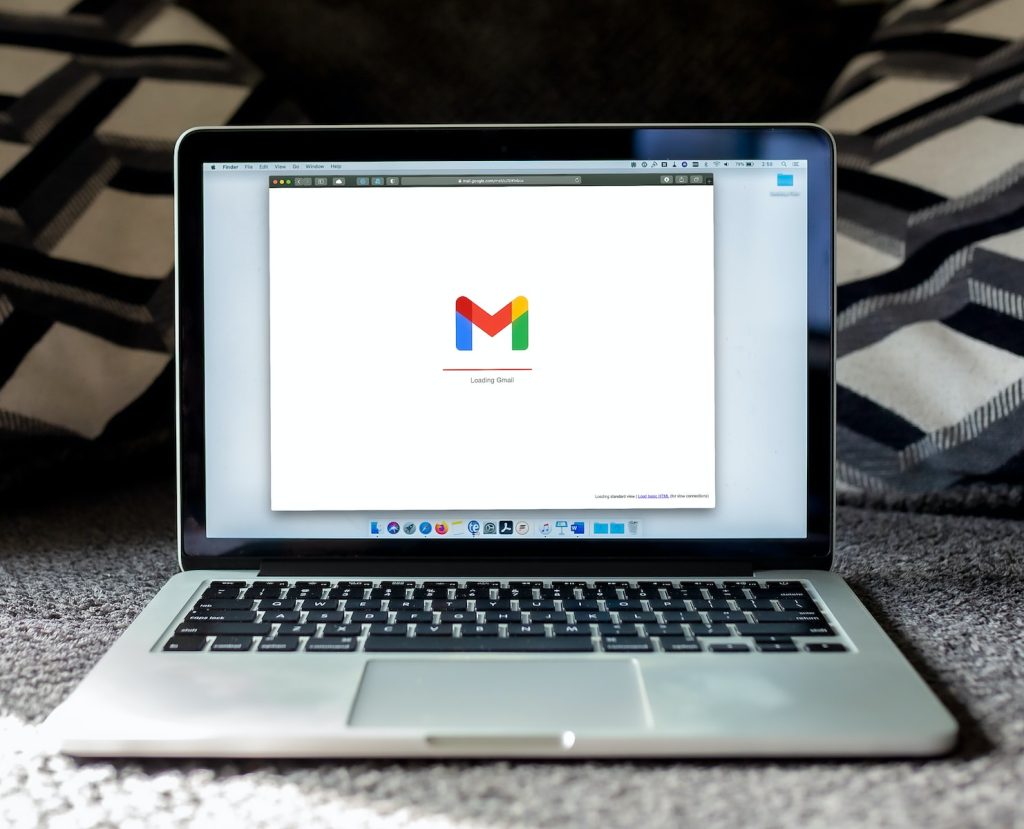The Best Marketers Use Automated Email Sequences – These Are The Top 3 Reasons Why You Should Do The Same In Your Medical Practice
I know you don't want to be "pushy" or "salesy" but you likely need to email your list more often. Here are 3 reasons why:
Jul 6, 2022 •

I’ve used it with similar results in stem cell, functional medicine, family medicine, pediatrics, ophthalmology, plastic surgery, and many other practices with elective services and procedures. But when I shared the post on my Twitter and LinkedIn accounts, I received more than a few DMs from doctors saying such a sequence would overwhelm their potential patients.
If you’re feeling this way, chances are you’re looking at it from the wrong angle.
Have you considered the reason someone gives you their email is because they want information about your services? Does it feel different if you think of following up with them less like selling and more like serving them? After all, you’re only following up to ensure they get what they requested.
Assuming you’re still here for the rest of the article, here are the top 3 reasons why a sequence like this works:
1. People forget
Between work, family, and friends most people have their plates more than full.
So it’s more than normal for your potential patients to forget to continue with the next step of your onboarding process. And if you’re anything like I was when I started trying to fill my first practice, it leaves you wondering whether they changed their mind, if they read a bad review, or whether you should call them or not…
This is where an automated email sequence comes in super handy.
2. Bad timing
A few years in, we noticed most people signing up for information at our website did so from a mobile device, but scheduled their consultation (the very next step in our process) from a desktop computer.
Opting in is easy, just enter an email and a first name. But scheduling a consultation required them to check their calendar, often coordinate with a spouse so they could both be present, etc. So it only made sense they completed this step from a different device, at a later time.
Now think, if you don’t send these patients a reminder, how many will remember to go back on their own and complete the process?
3. Missing Information to Take Next Step
My team and I have interviewed 100s of people who opted in at our clients’ website but didn’t take the next step.
The most common reason they didn’t schedule a call or consultation? They didn’t know what to expect in terms of price. They all understood they would not get an exact quote over the phone or Zoom but they still wanted to have an idea of pricing. “What’s the point of scheduling a consultation and wasting everyone’s time if I won’t be able to afford it?”
A multiple-email sequence allows you to not only remind your potential patients about their original inquiry, but also provide them with answers to the most common questions so they can decide whether to proceed or not.
Convinced to give this a try? To help you get started, I’m giving you the exact 6 emails I used for years in my practice. For free.
Use the link below to get a copy of the Google Doc and customize it to your practice.
6-Email Nurture Sequence for Medical Practices | Dr Ernesto MD
Get the exact email sequence I used to triple my consultations from website visitors.
drernestomd.com
Sign up for the newsletter that helps subject-matter experts build a business aligned with their life goals.


